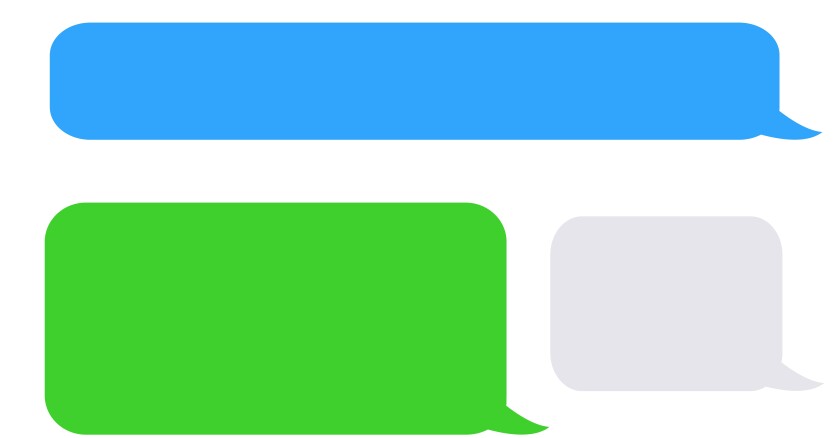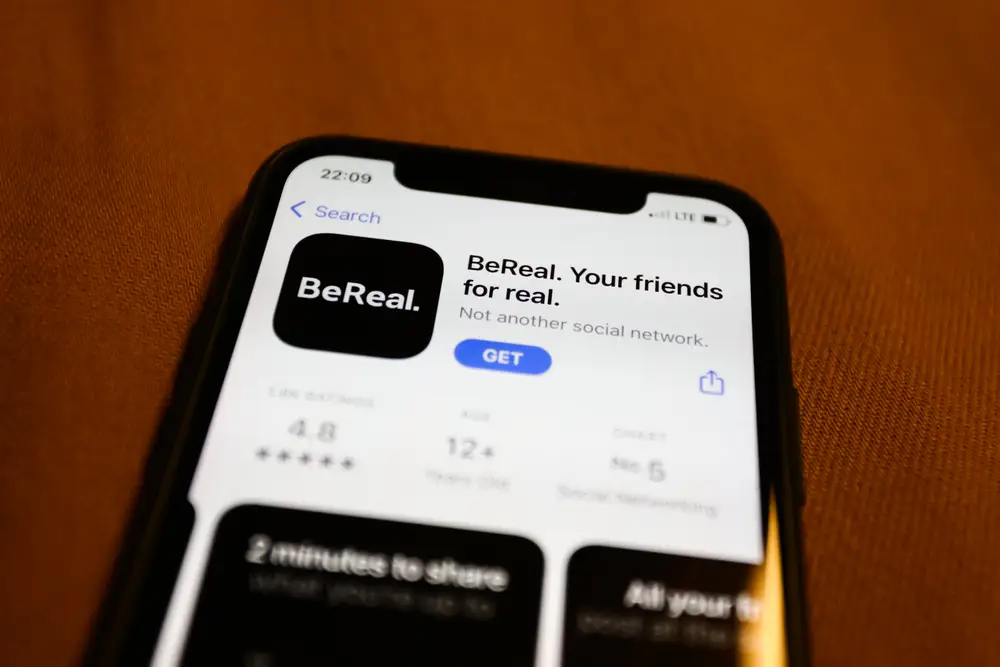APPLE
The Green Bubble Situation: More Than Just a Color
In the world of instant messaging, the color of your text bubbles has taken on a significance that goes far beyond aesthetics. If you’re an iPhone user, you’re likely familiar with the blue and green bubbles that appear in your Messages app. But for those new to the conversation, these bubbles represent something much larger than just a text message—they symbolize a growing digital divide between iPhone and Android users, a phenomenon now widely known as the "Green Bubble Situation."
The Blue vs. Green Divide
To understand the Green Bubble Situation, it’s essential to start with the basics. On iPhones, text messages sent between iPhone users appear in blue bubbles, signifying that the messages are being sent through Apple’s proprietary iMessage service. On the other hand, messages sent to Android users (or those without iMessage enabled) appear in green bubbles, indicating they are being sent via SMS/MMS, a more traditional and less feature-rich messaging protocol.
This color distinction has led to a subtle yet significant form of social segregation in digital communication, where blue bubbles are often seen as a sign of inclusion and green bubbles as a sign of exclusion.
The Social Implications
For many iPhone users, seeing a green bubble pop up in a group chat can be a source of mild annoyance or even social anxiety. iMessage offers a host of features like high-quality media sharing, read receipts, typing indicators, and end-to-end encryption—features that are often lost when communicating with a green-bubbled friend. This has led to a perception that green bubbles represent a "lesser" experience, sparking frustration among users who feel they are missing out on the full spectrum of modern messaging capabilities.
In some social circles, the presence of a green bubble can even influence relationships. Group chats may be altered or abandoned to avoid the perceived inconvenience of having an Android user in the mix. This has fueled a subtle form of peer pressure to conform to the iPhone ecosystem, making Android users feel like outsiders in certain social scenarios.
The Technical Divide
The Green Bubble Situation also highlights a broader technical divide. iMessage is exclusive to Apple devices, and Apple has shown no interest in extending it to other platforms. This has created a walled garden where Apple users enjoy a seamless and feature-rich experience that’s unavailable to those using other devices.
The underlying technology also plays a role. SMS/MMS, the protocols behind green bubbles, are outdated and lack the modern conveniences of iMessage. Media files are compressed, delivery times are slower, and group chat functionality is limited. While Android has its own version of a modern messaging protocol—RCS (Rich Communication Services)—its adoption has been slow and inconsistent across carriers and devices, leading to a fragmented experience compared to the unified iMessage platform.
The Broader Impact
The Green Bubble Situation has caught the attention of tech companies and consumers alike. Google, for example, has been vocal in urging Apple to adopt RCS, which would improve the messaging experience for all users, regardless of their device. However, Apple has resisted, likely because iMessage serves as a powerful tool in retaining users within its ecosystem.
This digital divide extends beyond messaging. The color of a text bubble has become a symbol of the broader rivalry between iOS and Android, reflecting deeper questions about platform exclusivity, user choice, and the future of cross-platform communication.
The Future of Messaging
As messaging continues to evolve, the Green Bubble Situation raises important questions about the future of digital communication. Will Apple eventually open up iMessage to other platforms? Will RCS gain enough traction to bridge the gap between iOS and Android users? Or will the digital divide deepen, further entrenching the blue vs. green dynamic in our everyday lives?
For now, the Green Bubble Situation serves as a reminder that even something as simple as the color of a text bubble can carry weighty implications in the digital age. It’s a small but powerful symbol of how our technology choices can shape our social interactions, for better or worse.
In the end, whether you see a blue or green bubble on your screen, what matters most is the conversation itself. But as long as the divide exists, the Green Bubble Situation will continue to spark debates about technology, inclusion, and the future of communication.




